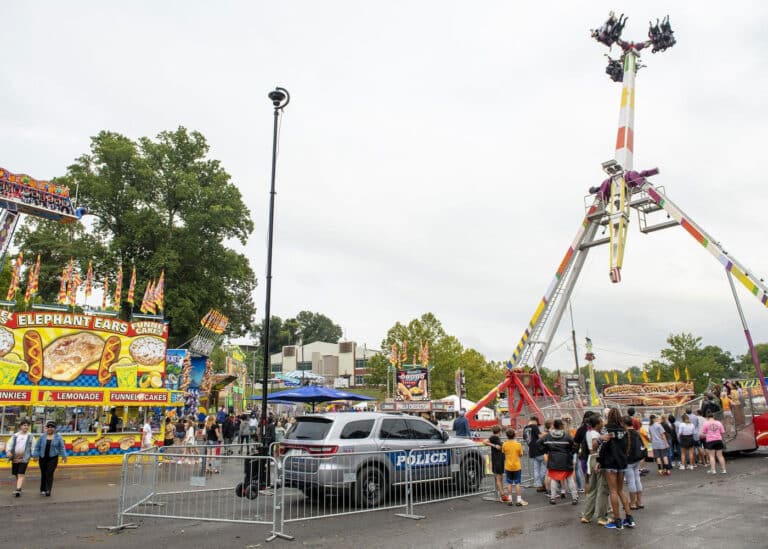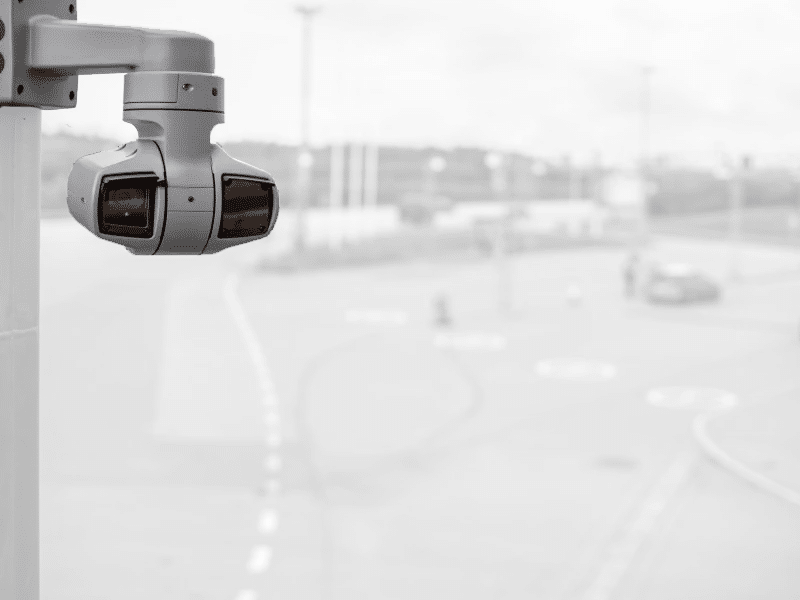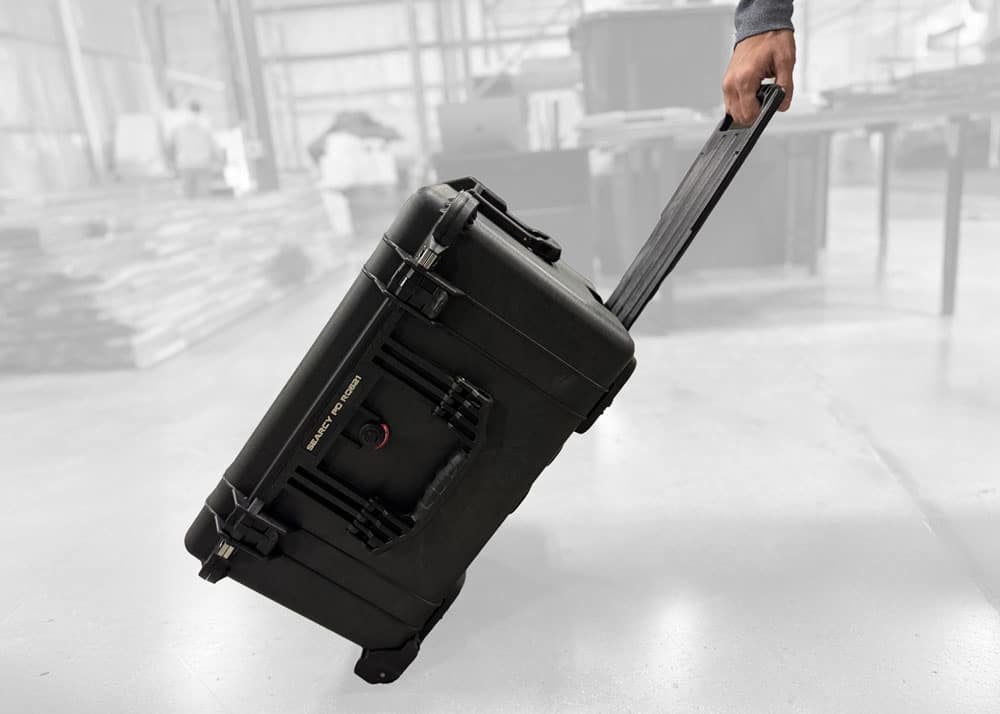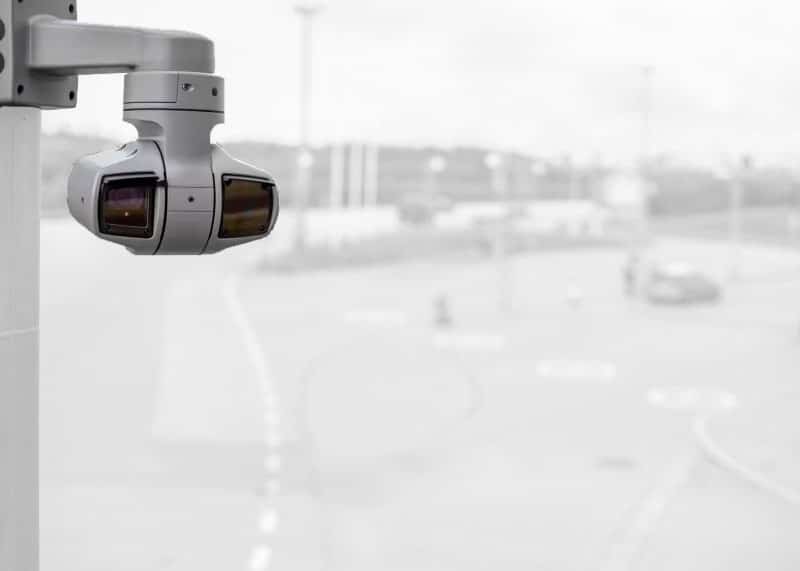The Role of Technology in Modern Policing
Law enforcement faces ever-shifting threats: evolving criminal tactics, budget constraints, and rising demands for transparency. In this environment, police departments turn to police technology to extend their reach, increase efficiency, and protect both officers and the public.
Traditional systems—such as light towers, antenna masts, telescopic masts, and IP cameras—still play vital roles. When combined with new innovations, these tools help build robust public safety technology systems capable of responding dynamically to threats.
Agencies that balance established tools with newer solutions are better prepared to adapt to today’s challenges. That same balance is central to broader efforts at enhancing public safety through technology, including the way departments deploy telescopic masts to expand visibility and coverage.
Artificial Intelligence for Predictive Policing and Data Analysis
Law enforcement agencies now face volumes of data—calls, reports, video—that exceed human capacity to analyze in real time. Artificial intelligence helps sort, flag, and forecast patterns so leaders can allocate resources proactively.
By applying AI to historical crime data, departments can identify “hot spots,” forecast when certain crimes might rise, and adjust patrols accordingly.
- Real-time crime mapping aids analysts in visualizing trends across neighborhoods
- AI-based threat assessments help direct units where risk is highest
- Facial recognition tools streamline suspect identification from surveillance feeds
Still, AI is not flawless. There’s growing concern about bias—where historical policing data reflects discrimination—and privacy rights. Critics warn that predictive policing may reinforce over-policing in marginalized communities, especially if unchecked. According to the Brennan Center, many systems rely on “dirty data”—data shaped by biased enforcement practices—that then magnify those same biases.
Body-Worn Cameras With Real-Time Streaming
Body cameras are already common in many agencies—but the next generation goes further. These new devices support live feeds and automated analysis, enabling supervisors and command centers to monitor active events more closely.
Live streaming allows real-time situational awareness, while embedded AI can flag unusual behavior or escalation. Transcription features turn spoken commands or interactions into searchable text, speeding up post-incident review.
- Live video feeds sent to a control center
- AI-powered incident flagging (e.g. gunshots, shouting)
- Auto transcription for efficient post-event analysis
These enhancements strengthen accountability, save time in investigations, and support officer safety by giving backup teams clearer insight.
Mobile Surveillance Towers for Rapid Deployment
When a crime hotspot emerges or an event demands oversight, mobile surveillance towers step in quickly. These towers elevate cameras, antennas, lights, and other devices to offer wide-area visibility in places without fixed infrastructure.
In essence, they bring the “eyes in the sky” where none existed before. They can scout large public areas or adapt to shifting security needs on the fly.
- Useful for crowd monitoring, event security, traffic control
- Can integrate with drones and fixed cameras
- Connects with existing networks for real-time feed sharing
These towers are already deployed in real-world settings. At the Phoenix Open, Tempe PD deployed mobile video monitoring to expand coverage and improve response time — a clear example of how surveillance towers enhance large-event security.
Departments often rely on mobile surveillance towers as part of a layered strategy—combining elevated coverage with ground patrols to raise visibility and efficiency.
Drone Technology for Aerial Surveillance
Drones have matured beyond hobbyist tools—many now operate in professional, law enforcement settings. In patrol or tactical operations, drones provide rapid response, extended reach, and an elevated perspective that officers on the ground cannot achieve alone.
They’re especially valuable in situations where terrain is difficult to access or when human teams would be at risk.
- Search-and-rescue in inaccessible or disaster zones
- Thermal imaging to detect heat signatures at night
- Crowd monitoring and perimeter checks for events
Agencies often deploy drones alongside elevated platforms such as telescopic masts or mobile surveillance towers. By combining aerial mobility with stationary coverage, departments create overlapping fields of view that reduce blind spots and provide more reliable, continuous monitoring.
Smart Weapons and Less-Lethal Options
Law enforcement doesn’t always need lethal force—but it does need accuracy, safety, and public confidence. New developments focus on smart authentication and more precise less-lethal alternatives.
Smart firearms might use biometric locks or authorization protocols so only the designated user can fire. Meanwhile, newer Tasers or foam rounds aim for better targeting and minimal collateral risk.
- Biometric or token-based firearm locking systems
- Enhanced Tasers and foam munitions for reduced injury
- Optimizing the balance between force, restraint, and public trust
These tools help officers act decisively when needed, but also protect against misuse or escalation in volatile environments.
Next-Generation Communication Networks
Speed, clarity, and security in communications are essential in modern operations. With the rollout of 5G, law enforcement can transmit high-definition video, large files, and real-time data between field units and headquarters.
Robust connectivity means faster decision-making and seamless coordination. But that also raises vulnerability—cybersecurity must be part of every deployment.
- Real-time data and video exchange
- Cloud-based case management systems
- Interagency and responder interoperability
Cyber safeguards—encryption, network segmentation, threat monitoring—must go hand in hand with communication upgrades.
License Plate Recognition and Smart Traffic Monitoring
Automated license plate readers (LPRs) and smart traffic systems let officers quickly flag stolen or wanted vehicles in real time. These tools turn passive roadways into active security zones.
When a camera detects a match, the system can instantly alert nearby patrol units or trigger a networked response. Beyond stolen vehicles, intelligent traffic analytics help identify suspicious movement or unusual patterns that may indicate criminal activity.
- Integration with national or state vehicle databases
- Real-time alerts for flagged vehicles
- Traffic pattern analysis to identify anomalies
As automated license plate readers become more advanced, they are increasingly integrated with national databases to provide real-time alerts and support targeted enforcement.
Augmented Reality for Training and Field Operations
Augmented reality (AR) is transforming how officers train and operate in live settings. Imagine overlaying suspect information, navigation, or tactical guidance directly in a headset or display.
AR can simulate scenarios in safe but realistic conditions—helping trainees develop muscle memory and decision-making skills. In the field, AR can assist with route planning, situational awareness, or threat overlays.
- Simulation of de-escalation and active-shooter drills
- Real-time embeds showing building plans, suspect locations
- Enhanced situational awareness through heads-up displays
While AR adoption among law enforcement is still emerging, its practical value is gaining recognition. A recent U.S. Department of Homeland Security report describes how AR training systems let public safety agencies train for both routine and high-risk calls more cost-effectively—and with better safety.
Advanced Biometric Identification and Forensic Analysis
Biometrics and forensic tech are evolving quickly, offering faster and more precise identification of suspects or victims.
Fingerprint, facial, and voice recognition improve the speed and reliability of matching. Meanwhile, rapid DNA testing and digital crime-scene reconstruction shorten investigation times.
- Advanced fingerprint and facial matching systems
- Voice analysis in emergency call recordings
- Rapid onsite DNA or genetic markers
These tools can give investigators an edge—but legal and ethical frameworks must guide their use, especially around consent, data retention, and oversight.
Final Thoughts
From emerging AI systems and augmented reality to enduring platforms like light towers and telescopic masts, the future of law enforcement technology blends innovation with practicality. Integrating new police tech with trusted infrastructure helps agencies increase coverage, improve response, and foster public trust.
If your team is exploring ways to strengthen situational awareness and response, our mobile surveillance towers, antenna masts, and IP cameras provide flexible solutions that integrate seamlessly with new police technology.







